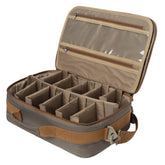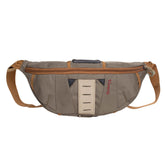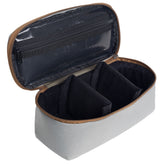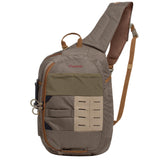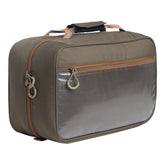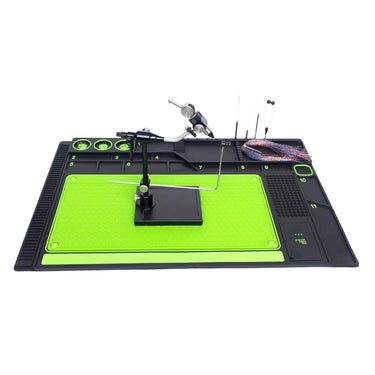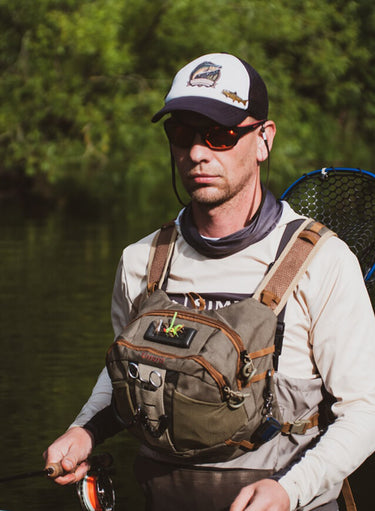Best Budget-Friendly Skagit Lines: Choosing the Right Line for Your Rod
Finding the right Skagit line for your fly rod can significantly enhance your fishing experience. I believe that understanding the nuances between budget-friendly options and more premium lines is essential for every angler looking to maximize their value without compromising performance. As I explore the best affordable options, I’ll help you navigate your choices to see what fits your needs.

I often hear confusion surrounding the differences between Skagit and Scandi lines. While both are designed for different fishing techniques, understanding their unique characteristics can greatly influence your casting success. In my experience, knowing when to use each line type can make all the difference when targeting various waters and fish species.
Additionally, when comparing Skagit lines to Spey lines, especially for larger rivers, the distinctions become even more crucial. Recognizing how each line adapts to specific environments can empower you to tailor your setup for optimal results. Let’s dive into these topics to elevate your fly fishing game.
Selecting the Best Budget-Friendly Skagit Lines
When looking for a budget-friendly Skagit line, I focus on material quality, casting performance, and price. Affordable options can still deliver great performance on the water. Here are the key criteria and some recommendations.
Criteria for Choosing a Skagit Line
-
Material Quality: I prioritize lines made from durable materials. Modern lines often feature high-quality coatings that improve performance and longevity.
-
Weight and Length: It's crucial to match the line's weight to my rod's specifications. A well-balanced line enhances casting efficiency, particularly in challenging conditions.
-
Taper Design: Lines with appropriate tapers allow for better turnover and presentation. I look for lines optimized for short, powerful casts typical of Skagit techniques.
-
Coast and Cast: Consider how a line handles knots and loops. A smooth finish can significantly improve shooting distance and reduce friction.
Top Budget-Friendly Skagit Lines
Here are some affordable options that I’ve found effective:
| Line Name | Weight | Price |
|---|---|---|
| Airflo Skagit Scout | 350 - 600 grains | $60 - $90 |
| Rio Skagit Short | 420 - 600 grains | $70 - $100 |
| Scientific Anglers Titan | 350 - 650 grains | $80 - $110 |
-
Airflo Skagit Scout: This line offers good durability and taper design at a competitive price. It is ideal for beginners.
-
Rio Skagit Short: Known for its versatility, this line works well in various conditions and is easy to cast.
-
Scientific Anglers Titan: This option provides excellent shooting capabilities, making it suitable for those looking to improve distance casting without a hefty price tag.
Matching Skagit Lines with Your Fly Rod

Choosing the right Skagit line for my fly rod involves understanding several key factors. The action of the rod and its designated line weight play significant roles in this compatibility.
Understanding Rod Action and Line Weight
Rod action refers to how a rod bends and recovers during a cast. There are three main types: fast, medium, and slow. Fast action rods bend primarily at the tip. This makes them ideal for quick, precise casts.
Medium action rods bend further down, providing a balance of distance and line control. Slow action rods bend throughout the length, giving more feedback but requiring more effort for distance.
Line weight is also crucial. Each rod is designed for specific line weights, ranging from 4 to 10 or heavier. Matching a line to its rod weight rating enhances casting efficiency and accuracy. For example, a 7-weight rod performs best with a 7-weight Skagit line, ensuring optimal load and performance.
Recommendations for Various Rod Types
For fast action rods, I recommend using Skagit lines that are 1-2 weights heavier than the rod rating. This helps load the tip effectively during the cast and maintains control.
With medium action rods, standard Skagit line weights work well. A line that matches the rod rating ensures smooth casting and better line turnover.
For slow action rods, consider lighter Skagit lines. They allow for easier loading and deliver softer presentations. A 5-weight line on a 6-weight rod provides versatility.
Choosing the right line for my rod type helps ensure a successful fishing experience, maximizing my casting ability and effectiveness on the water.
Understanding Different Fly Lines
When selecting a fly line, it's essential to recognize the distinctions between Skagit, Scandi, and Spey lines. Each type serves unique purposes and works best under specific conditions.
Differences Between Skagit and Scandi Lines
Skagit lines are designed for fishing in challenging conditions, allowing for heavy tips and larger flies. Their weight-forward design helps to load the rod quickly, enabling short casts with minimal backcasting. Skagit lines excel in situations where immediate depth is necessary, such as when targeting fish in fast-moving waters.
In contrast, Scandi lines are more suited for delicate presentations and longer casts. They feature a more gradual taper and lighter design, allowing for improved accuracy and finesse. Scandi lines work best with lighter flies and smaller water conditions, where a gentle presentation enhances the chance of a strike. Choosing between these lines depends on fishing style and environmental factors.
Contrasts Between Skagit and Spey Lines
While both Skagit and Spey lines can be used with two-handed rods, they serve different roles in fly fishing. Skagit lines are focused on delivering heavier tips and bigger flies with ease, ideal for swift currents and deep pools. Their shortened lengths facilitate quick loading of the rod.
Spey lines, in contrast, are typically longer and designed for more traditional casting techniques. They provide smooth, precise casts at longer distances and are better suited for smaller flies and lighter conditions. I find that understanding these differences is crucial for selecting the appropriate line for my specific fishing scenarios.



